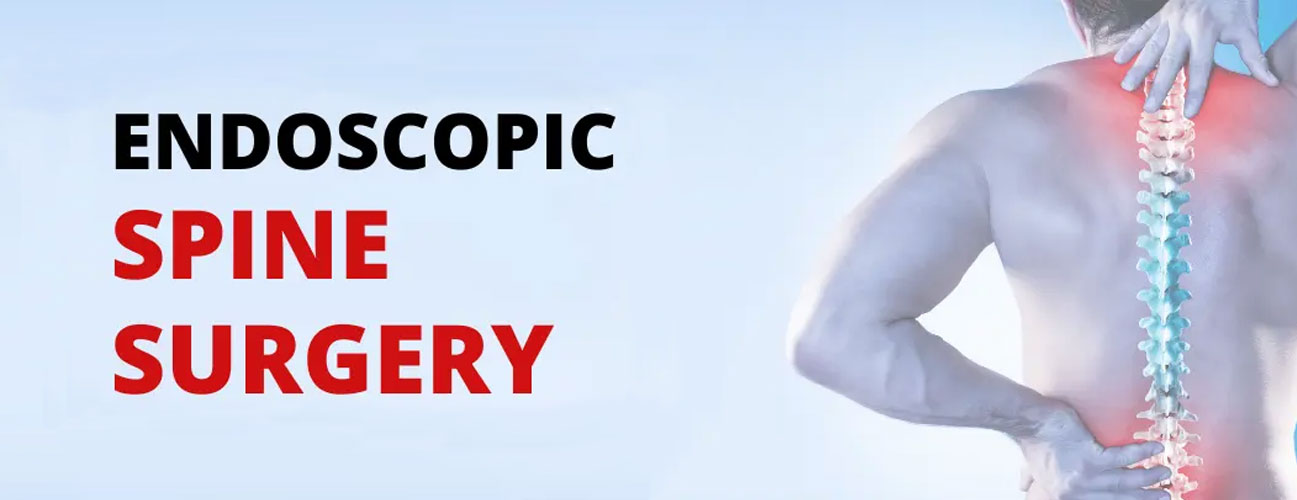Endoscopic Spine Surgery
Endoscopic spine surgery is a minimally invasive surgical technique used to diagnose and treat various spine-related conditions while minimizing damage to surrounding tissues. It involves the use of an endoscope, which is a thin, flexible tube with a camera and light source, to access and visualize the spine through small incisions. This approach offers several advantages over traditional open spine surgery, including reduced pain, shorter recovery times, and smaller scars. Here's an overview of endoscopic spine surgery treatment:
Indications:
Endoscopic spine surgery can be used to diagnose and treat a range of spinal conditions, including:
- Herniated Disc: It can be used to remove or repair herniated or bulging discs that are compressing nerves and causing pain.
- Spinal Stenosis: Procedures can help alleviate the narrowing of the spinal canal, reducing pressure on the spinal cord and nerves.
- Facet Joint Disease: Endoscopic techniques can address pain and inflammation in the facet joints of the spine.
- Spinal Deformities: In some cases, endoscopic procedures can assist in treating conditions like scoliosis or kyphosis.
- Vertebral Compression Fractures: Endoscopic vertebroplasty or kyphoplasty can be used to stabilize and repair fractured vertebrae.
Procedure Steps:
- Anesthesia: The patient is usually placed under general anesthesia or, in some cases, local anesthesia with sedation.
- Endoscope Insertion: The endoscope is inserted through one of the incisions, allowing the surgeon to visualize the spine on a monitor.
- Surgical Tools: Specialized surgical instruments are inserted through the other incisions to perform the necessary procedures, such as removing a herniated disc or trimming bone to relieve pressure.
- Visualization and Treatment: The surgeon performs the necessary treatment while watching real-time images on the monitor, guided by the endoscope.
Benefits:
- Minimal Tissue Disruption: Smaller incisions and less tissue disruption lead to reduced postoperative pain and a quicker recovery.
- Shorter Hospital Stay: Many patients can go home the same day or after a short hospital stay.
- Faster Recovery: Patients often experience rapid relief of symptoms and can return to normal activities sooner than with open surgery.
